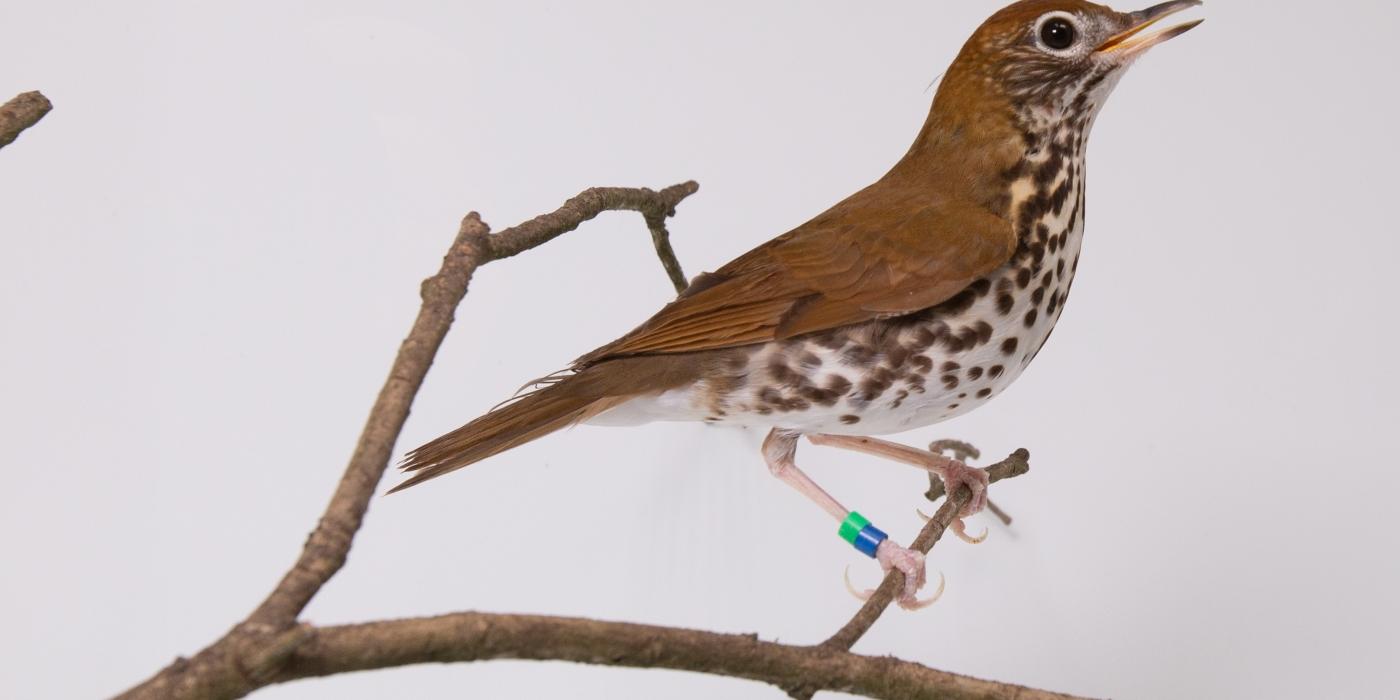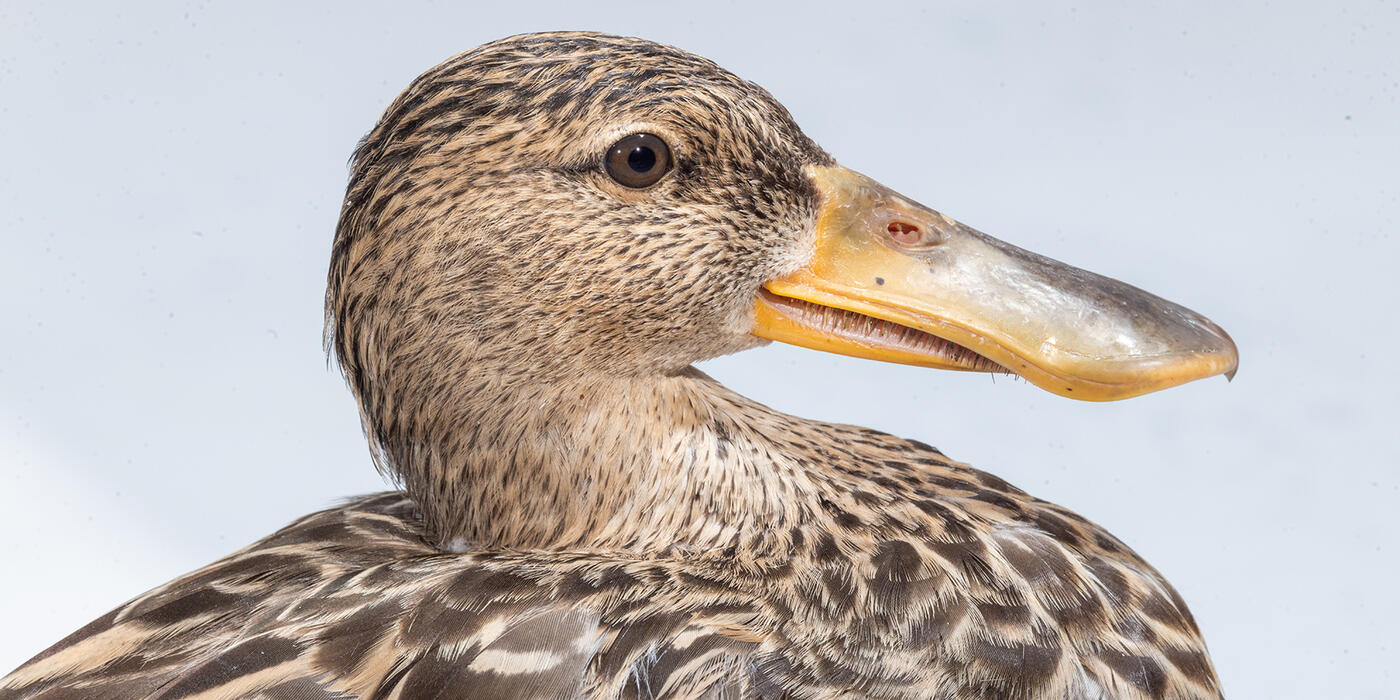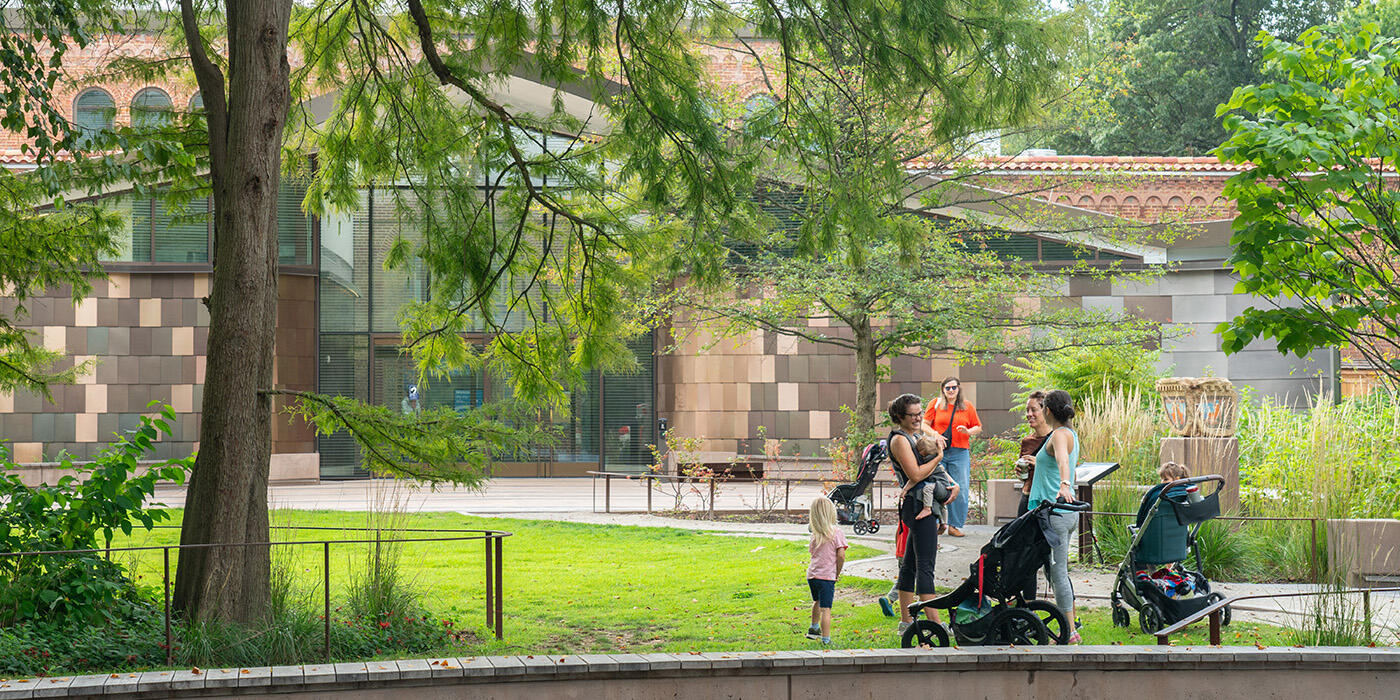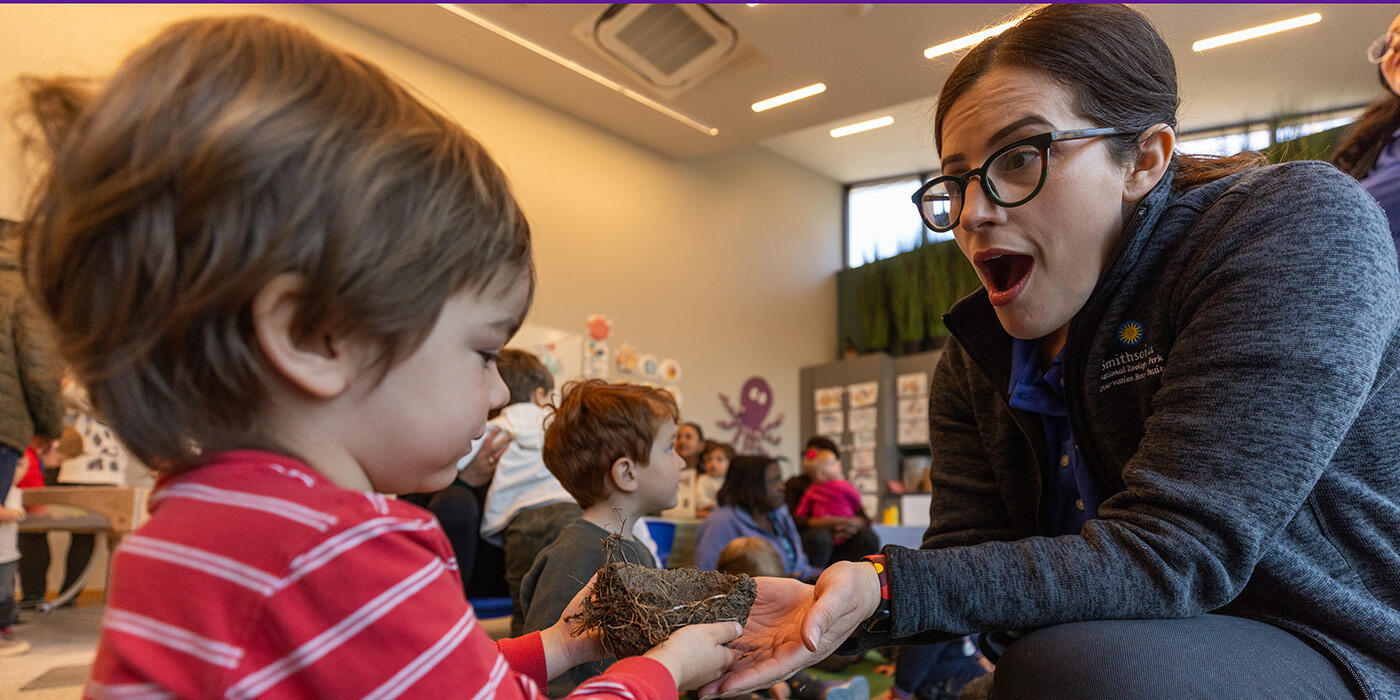Continuing the Legacy of Bird Conservation
“The time to study birds is while they are still common,” said the great conservationist Rosalie Edge nearly 100 years ago. Edge pioneered conserving birds in a time when the practice was not commonplace. Alarmed by the high numbers of migrating hawks killed for sport each year, she founded Hawk Mountain in Pennsylvania as a place of refuge for migrating raptors.
Today, despite many laws in place designed to protect birds native to the United States, they are still in decline. Last year, a scientific study published in the journal Science, reported a cumulative loss of nearly 3 billion birds since 1970 across North America, signaling a pervasive and ongoing crisis.
Now more than ever, raising awareness about the plight of these marvelous migrators is key to their survival. At the Smithsonian’s National Zoo and Conservation Biology Institute, we are in the midst of completely transforming our beloved Bird House from its humble foundation (circa 1928) into a celebration of birds and their amazing annual journeys.
Opening in winter 2023, the new Bird House will immerse visitors in the cyclical migrations of shorebirds, waterfowl and songbirds. Three themed aviaries and interactive exhibits will highlight conservation research and seven simple actions that visitors can take to help native species in their own backyard. We hope that each visitor leaves with a passion for migratory birds and a desire to participate in protecting them and their shrinking habitats. I can’t wait to welcome visitors to our beautiful new Bird House and introduce them to the spectacular aviaries and animals within.
Since the Bird House closed to visitors in 2018, our animal keepers, nutritionists and scientists have been working behind the scenes to better understand the husbandry of native songbirds and shorebirds. As some of these species have never been in human care before, we are literally writing the book on what they need to survive, thrive and reproduce. I am proud that the Zoo’s bird team is leading the charge and taking a proactive look at studying common species of birds while they are still common.
In less than 100 years, the passenger pigeon population dropped from 3 billion — the most numerous species on the planet — to zero. By the time the last few individuals were brought into zoos to save them, it was too late. No one knew how to take care of this species, and it was officially declared extinct in 1914.
At the Smithsonian’s National Zoo and Conservation Biology Institute, we are determined not to let history repeat itself. From our colleagues at the Smithsonian Migratory Bird Center, who research and track birds in the wild, to our Bird House keepers who care for and breed these animals at the Zoo, we are working together to study, understand and protect common birds now — before it’s too late.
One of the common species we are trying to better understand is the wood thrush — the official bird of Washington, D.C. Currently, around 11 million birds live in the wild, though their populations are declining. Last year, we welcomed two chirping chicks on July 3, 2019. We are fortunate to have had breeding success and cracked the code on wood thrush husbandry now, before numbers reach critical levels.
How do we determine what migratory songbirds need in order to thrive in human care? To some degree, we can apply common husbandry guidelines that we have perfected on non-native songbirds. However, working with migratory songbirds and shorebirds has proven to be different. For instance, birds gain weight during key points in their annual migration cycle. In the wild, this is key to their survival. The extra calories (i.e., energy) enable them to fly thousands of miles to reach their breeding grounds in spring or wintering grounds in fall.
Interestingly, migratory songbirds in human care exhibit the same physiological weight change. This requires a careful approach to feeding them to ensure they don’t become overweight. Working closely with the Zoo’s Department of Nutrition Sciences, we offer our migratory songbirds food items that replicate what they would be eating at specific times in their annual cycle. In spring and summer, we increase the number of insects we feed. In fall and winter, we offer less insects while increasing fruit. We work to balance out the calories to ensure each bird receives a healthy, nutritionally complete diet.
Just as important as proper nutrition is the environment in which these birds are housed. Our team researches the species’ natural ecology and biology in order to provide species-appropriate enrichment in their enclosures. For example, we provide vertical pieces of bark for black-and-white warblers to cling to and recreate streams for wood thrush. To encourage breeding, we offer the birds a variety of nesting materials: cotton, raffia, woven grass, hay, twine, mud and even hair sheared from our alpacas at the Kids’ Farm! Many birds choose to take advantage of small, man-made baskets and add nesting material to them.
To ensure the birds have the proper light cycle, we use astrological timers to mimic the day length where the birds would be in their annual cycle. Supplemental light bulbs emit UVB and enhance the light spectrum for the birds. To monitor their health, we have a robust husbandry training program that enables us to examine them up close, monitor their weights and look for any signs they may need veterinary attention, including bill and nail trims (see a few of these training sessions that we have captured and shared).
A critical component to our success with migratory songbirds and shorebirds is the collaboration between Smithsonian Migratory Bird Center scientists and our animal care team to better understand wild populations and those under human care. Behind the scenes in the new Bird House, a dedicated space for propagation will not only provide optimal husbandry conditions and support birds on exhibit, but also the space to try different husbandry management strategies and gain valuable husbandry experience.
All this attention to detail has culminated in the hatching of several species of migratory North American songbirds, including the indigo bunting, scarlet tanager, wood thrush and Baltimore oriole. Last month, our efforts were recognized by the Association of Zoos and Aquariums’ Avian Scientific Advisory Group when they bestowed the 2019 Plume Award upon the Bird House team in recognition of our expertise and skills to aid in the recovery of threatened and endangered Western Hemisphere migratory bird populations. It was an incredible “feather in our cap!” Rosalie Edge would be proud.
As curator of birds of the Smithsonian’s National Zoo, Sara Hallager oversees the bird collection in Washington, D.C. Hallager and her team of 11 animal professionals care for a diverse and growing collection. She is responsible for the conception, goal-setting, planning, leadership and implementation of avian care on a daily basis, including bird well-being, reproductive programs, conservation programs, exhibition, and interpretive public programs for the Zoo’s Bird House. Hallager began her career at the Smithsonian's National Zoo in 1984 as a volunteer and started working at the Zoo as an employee in 1987.



